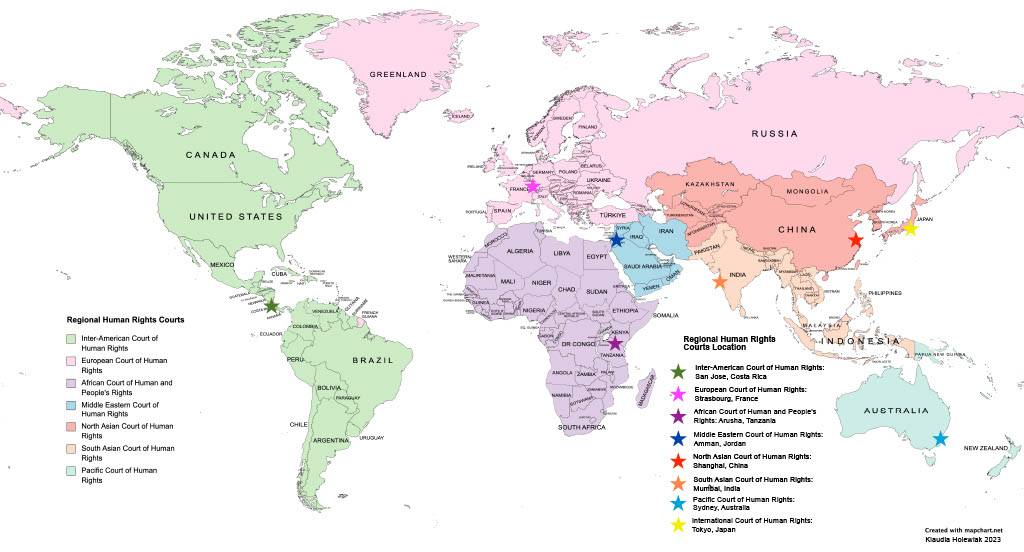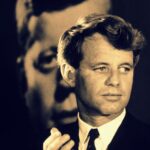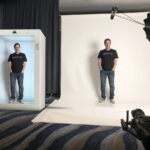The biggest obstacle that Eleanor Roosevelt had to overcome as the Chair of the United Nations Human Rights Commission drafting the Universal Declaration of Human Rights (UDHR), were the naysayers who said it was impossible to bring people in all countries to reach an agreement to live together based on fundamental rights for all. In response, Eleanor would say “we must do the thing we think we cannot do”, and then she would proceed.

As is often the case with the use of the word “never”, it proved to reflect the naysayer’s shortsightedness, not a true impossibility. The UDHR was passed unanimously in 1948, with eight abstentions, and no votes against.
There are still naysayers who say that the rights in the UDHR will never become enforceable, but they overlook the Regional Courts: The European Court of Human Rights; the African Court of Human and Peoples Rights; the Inter-American Court of Human Rights, all of which are growing and today are handing down decisions that apply to more than half of Earth. This map dispels the naysayers and shows how these courts can be strengthened and expanded.
 2025 Jan. 8 Map of Regional Courts – click for larger, better image of map
2025 Jan. 8 Map of Regional Courts – click for larger, better image of map
Eleanor said that to accomplish a plan for humanity of enforceable fundamental rights for people of all countries, she wished for people to exhibit two qualities: “imagination and courage.” These attributes can be found in the business community. Proto Hologram is a good example. When Proto launched, as is typical, naysayers said hologram meetings wouldn’t work. They were mistaken. Many of us Zoom these days; Proto Hologram is even better. It’s as if you are there in the room, not looking at a screen, but at a three dimensional person standing before you.
Why is this important to bringing Uniters together? One, because despite naysayers it shows it can be done. Two, because Proto Hologram can be used at events and meetings to spread the word about Unite and get people, nonprofits, businesses and governments on the globe. Multiple Uniters can attend from afar, and interact with others.
I saw this with Ellen DeGeneres when she used the same Hologram that I did. She appeared in the hologram with about 100 people in the room. Being clever, at first she moved a bit mechanically, and people in the room thought she was just another projected image. But then she started commenting on their jewelry and other things that she could only do if she was there with them – they were astounded, as was I.
Proto Hologram can be used to spark the imagination of people to feel that they can reach an agreement to live together, in whatever country where they might be. It’s interpersonal. It embodies all the subliminal communication of real life meetings. With outstanding speakers, actors and musicians, from various locations around the globe, Uniters, appearing in life size form with the Proto hologram, can inspire the courage for us to unite together.
Robert Kennedy said: “Some men see things as they are, and question why? I dream things that never were, and say why not?”

Because the founder of Proto, David Nussbaum, dared to think like this, we can experience something before us that was thought to be mere science fiction created by Isaac Asimov, who used a hologram with his character Harry Seldon in the “Foundation” series.

An interactive hologram is something that has been said to be “impossible”, but is well on its way. So too is Unite for Rights, despite the naysayers, it is on it’s way. It’s a fine line between the impossible and the inevitable.


Leave a Reply